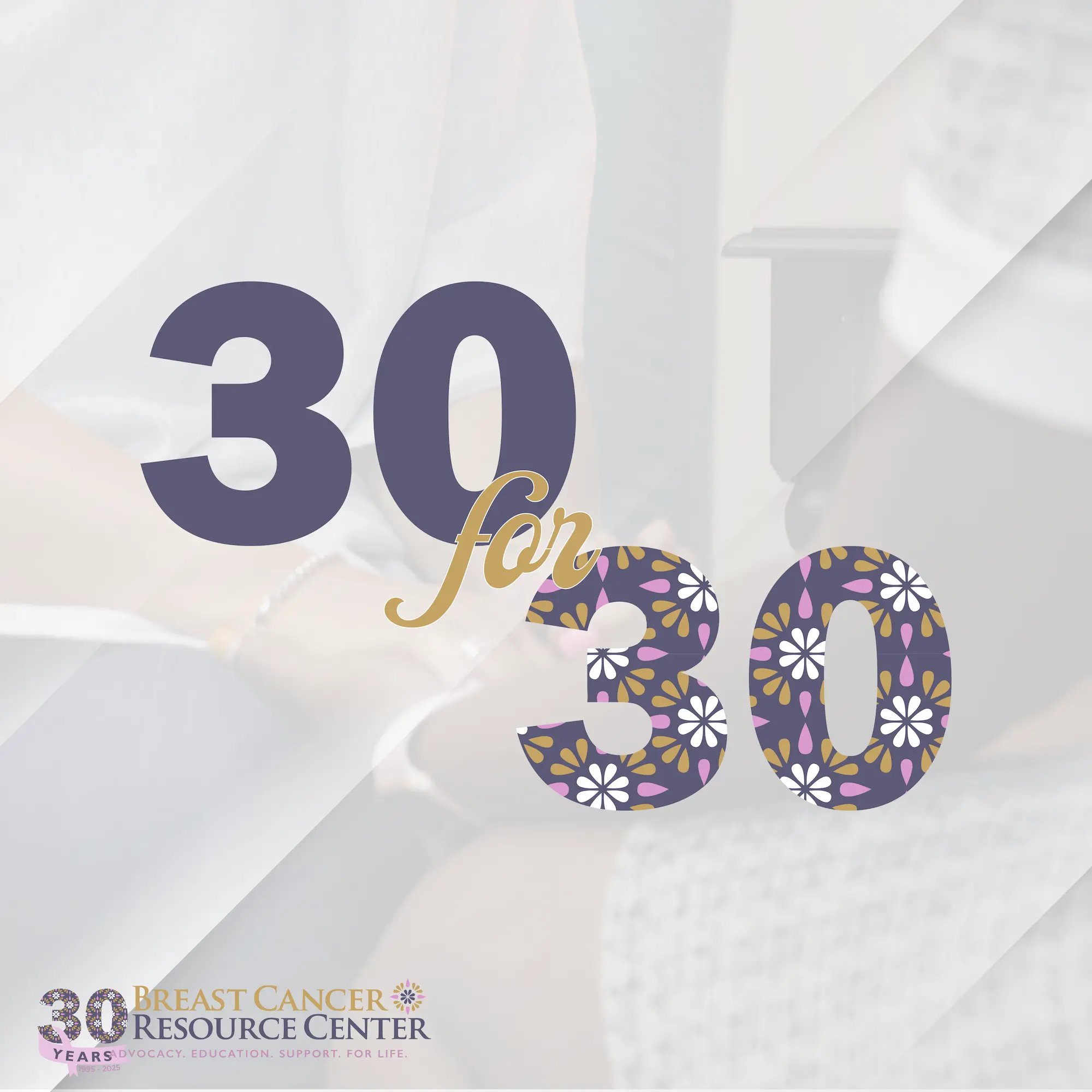
It seems that mindfulness and meditation are having a moment – trending as their own poplar hashtags. But the truth is, modern day neuroscience is simply catching up to what ancient traditions have been saying for thousands of years.
I like to think of mindfulness as a muscle and meditation as the daily exercise for our brain. The more we flex our mindfulness muscle, the more present we become and able to respond to life’s challenges with less stress, more compassion, and most importantly, boosted resilience. It requires willingness and non-judgmental awareness, being in this moment without the need to change. Mindfulness teacher, Jon Kabat-Zinn, uses the metaphor of the surface of the ocean as a way of understanding mindfulness and meditation. “On the ocean, the waves never stop. Meditation practice is not intended to stop the waves so that the water becomes peaceful or tranquil. Meditation practice will help you “keep your balance” as you ride the waves.”
As I share in my book, Here We Grow, meditation and mindful living became my home base during my cancer journey and gave me the perspective to realize I didn’t need to be positive or deny the hardship of my situation, I needed to BE PRESENT. But let’s be honest, who wants to be present during difficult moments which are many when it comes to a cancer diagnosis?
Before cultivating a daily practice that started nine-months prior to my diagnosis, I used to be skeptical of the notion of being present, especially during challenging moments. But cancer and its trusty sidekick mortality taught me a lot about presence. In many ways, it’s the only option—the past is gone, the future is yet to happen, neither of which we can control. The present moment is all there is. It is this present-moment awareness that lies at the core of any meditation or mindfulness practice.
But it’s called a practice for a reason, because with consistency, it helps to shift our relationship to our reactive mind and soothes our nervous system so we can be more responsive versus reactive in high demand situations
For me, the key ways my mindfulness practice manifested both through my cancer journey and continues into my new normal are through acceptance, connection and compassion. Below are the techniques and some of my go-to practices that provide comfort when so much feels outside of my control.
Breath awareness
The simple act of breathing in and out of our nose accesses the parasympathetic nervous system, which automatically calms and relaxes us. Paying attention to our breath is a simple way to connect to your present moment and become more self-aware and more mindful. The best part? You can practice breath awareness anywhere – while driving, waiting in line at grocery store, or even in the midst of receiving and/or recovering from treatment or surgery.
Practice: Pregnant Pause
• Take a few deep breaths in and out through your nose. Just becoming aware of the breath flowing through your body.
• Begin to take slower deeper breaths as you lengthen your inhale and exhale.
• Now – notice that pause between in the inhale and the exhale. See if you can just rest in that space at both the top of the inhale and again at the bottom of the exhale. Never feel like you need to force an inhale or exhale.
• Find the rhythm that feels comfortable to you. Continue for a few cycles and when you feel ready, return to your natural breath.
Body awareness
Focusing our attention on physical sensations helps to relieve stress by shifting our attention to the present moment.. As you explore the physical sensations as they come and go, you become a witness to your body and breath, and this helps you develop present-moment awareness. This can be especially helpful when we are experiencing difficult emotions because it helps us bring these emotions into our physicality versus the story we may tell ourselves of why we are experiencing these emotions.
Practice: Waiting
• Next time you are in line at the grocery store or waiting for an appointment, become aware of any emotions that may be bubbling up. Likely ones include frustration, worry, and anger.
• Now bring your awareness to the sensations in your body as a result of these emotions. Perhaps your breath might be shallow, you may notice some heat in your body, or you may notice tears starting to well up.
• Stay focused on the physical sensation and simply begin to take some deep breaths. Continue to deepen and elongate with each breath cycle.
• After a few breath cycles, check in again with the physical sensations in your body. Notice if anything has shifted.
Heart Awareness
When you pay attention to your heartbeat or the area behind your breastbone, you enliven its qualities of peace, love, compassion, joy, gratitude and inclusiveness. The heart sends signals to the brain that change the entire nervous system, reducing stress hormones, enhancing your immune system, and increasing anti-aging hormones. As we tap into our heart center, we experience more lightheartedness and present-moment awareness in our day-to-day.
Practice – Heart Breath
• Close your eyes and breathe naturally.
• Rest your attention on your breast bone. Imagine looking inward toward your heart, Let your attention rest there as you continue to naturally breathe.
• Imagine your breath is moving into and out of your heart center as if it were a doorway to your breath. In and out of the center of your chest.
• With each breath cycle, imagine the heart properties of peace, compassion, and love being enlivened throughout your entire being.
• Continue for at least a minute (or longer). When you feel ready, slowly flutter your eyes open.













